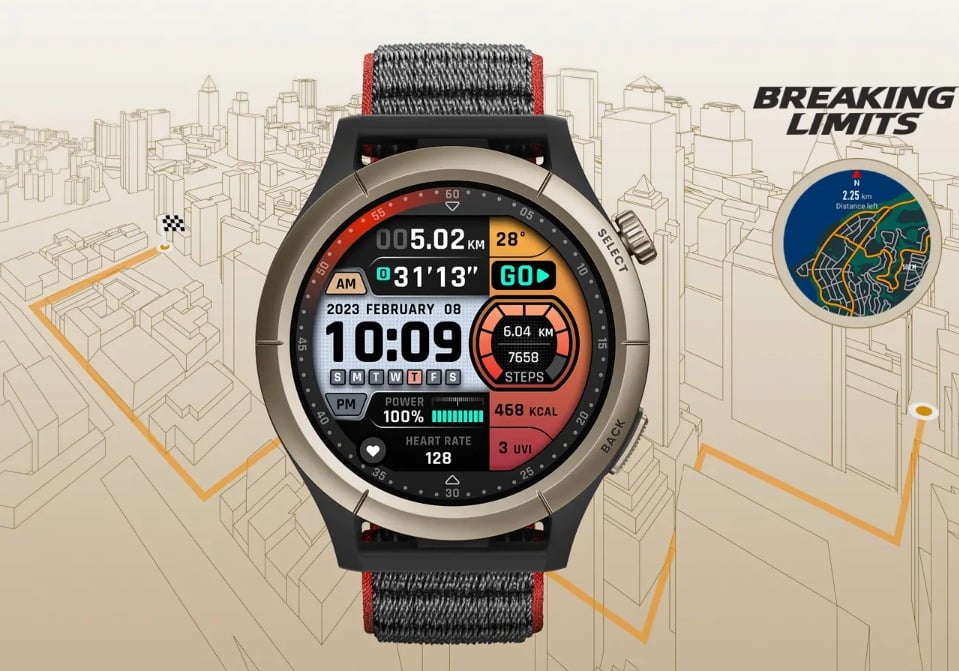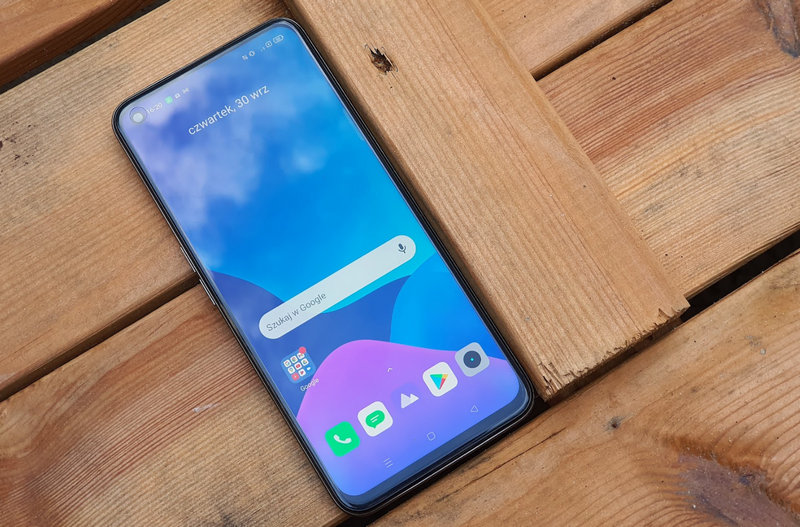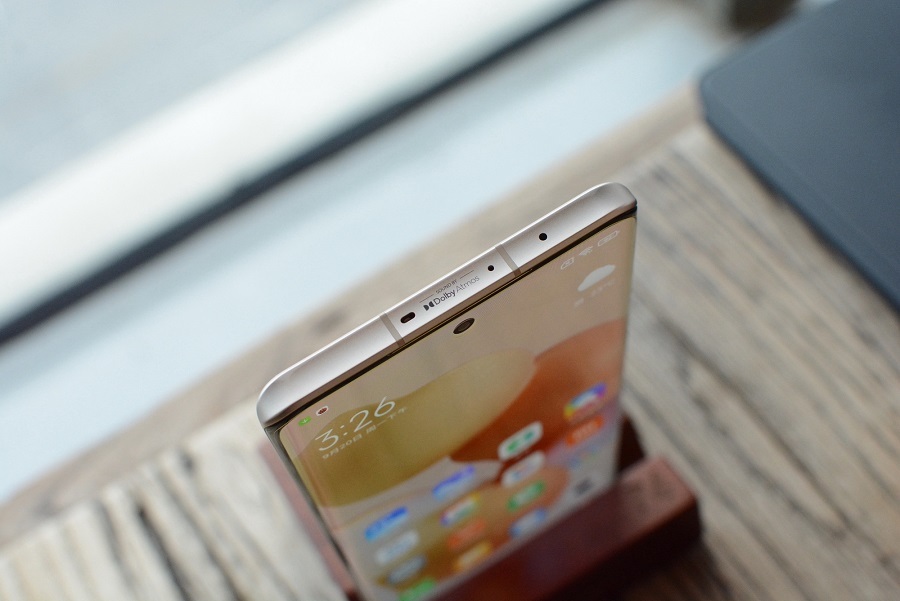After decades of evolution, our home’s smart ecosystem has benefited from the advent of Smart TVs, TVs with smart features built-in or added via HDMI dongles and set-top boxes. These devices allow us to access a wide variety of online content, from streaming services to games and all kinds of apps. However, despite their advantages, many of these devices have poor performance due to limitations in hardware and operating systems in addition to the presence of invasive advertisements in its interface.
In this article we wanted to explore the reasons behind these limitations and how they affect our user experience. The large number of televisions and devices on the market means that the experience can vary for each user. In general, entry-level televisions and more basic multimedia devices are often the most used in homes because of their cheap price, although they offer the worst performance.
Hardware limitations that degrade performance
One of the main challenges faced by operating systems on low-end TVs is the lack of power in terms of processor and memory. These TVs tend to use more limited hardware. reducing the costs of producing them, resulting in slower performance and reduced ability to run demanding applications and services. As a result, it’s common to experience a choppy interface, long loading times, and possible delays when switching between apps or features.
When we encounter televisions or entry-level devices, the user experience turns into a real nightmare, giving us the feeling that the operating system is too big for it.
it doesn’t help either Universal operating systems that do not require an iota of optimization according to the TV model they are working with. Android TV or Google TV may become the operating system that offers the most possibilities and freedom to the user, yes, but experiencing it on a television or a device with limited features can be a pain when navigating the menus.
Excessive advertising in the interface
In addition to performance limitations, another common problem with the operating systems of these devices is excessive advertisements in the menus. Manufacturers and developers often take advantage of these platforms. promote sponsored contentcan result in an annoying and frustrating user experience. Advertisements in menus can take up valuable screen space, make navigation difficult, and distract the user from enjoying the content for its original purpose.
webOS in previous versions and with less ads. Image: Xataka
Over time, the ad has increased its footprint on major operating systems. We have very clear examples in Samsung’s Tizen OS or LG’s webOS, as we saw in images from previous versions, the user could view the content playing while navigating the menus.
Now when we hit the ‘Home’ button it takes us to a separate private section full of ads and without the possibility of always seeing what’s on the screen. Our televisions have become a complete showcase.
Then it turns out that the main reasons that degrade the performance of our Smart TVs are:
- Limited hardware: extremely limited processors and memory, especially in input ranges.
- Free optimization of the operating system for each television model.
- Updates that lead to a worse user experience.
- Excessive advertising in the operating system interface.
Fortunately, there is ways to reduce the impact of advertising In the operating systems of smart TVs, HDMI dongles, and set-top boxes, some of these methods may not be available to most users, especially since they require some knowledge and management.
webOS ‘Home’ menu updated and loaded with suggestions and advertisements. Image: Xataka
In addition to limited options for disabling recommended content and advertisements in operating systems, there is also a way to disable advertisements. Use DNS filtering techniques, which blocks ads before they reach the device. These methods vary by operating system and brand of television, so it is recommended to refer to specific guides to implement them effectively.
There are also those who invest in hardware. root all ads From your home devices, such as the Pi-Hole software installed on the Raspberry-Pi board. These solutions can help reduce ad intrusion and improve the overall user experience.
Menu preview in TizenOS in older versions. Image: Xataka
While low-end TVs come with limitations in terms of performance and advertising, the same is not true (at least when it comes to performance) on high-end models, where users can enjoy a much smoother experience. These TVs usually equipped with more powerful hardwarelike faster processors and larger amounts of memory. As a result, performance is significantly improved and apps and services run more smoothly.
However, even on high-end TVs, ad is still a problem. Despite the better overall performance, manufacturers often continue to advertise in their operating systems. This can be disappointing, especially for those who invest in more expensive televisions in hopes of getting an experience free from distracting ads.
TizenOS has been plagued with ads and suggestions in its current ‘Home’ menu. Image: Xataka
Unfortunately, this seems to be the strategy companies should follow in order to offer competitive prices in the Smart TV industry. Not even our remote controls are safe, with dedicated buttons for each streaming platform even if we’re not subscribed. It’s hard to get rid of television commercials today without resorting to open source software and changing a large part of the operating system.
Choosing the right HDMI dongle or set-top box
However, if your Smart TV’s operating system is underpowered, the ads will be just as difficult to get rid of, although Chromecast, Fire TV, and the like are usually good options for boosting performance on low-end TVs. These devices connect to the TV and acts as a standalone operating systemoffers better performance than the software built into the TV. By choosing a reputable HDMI dongle or set-top box, you can get a smoother experience, free from the limitations inherent in low-end TV operating systems.
If the user is looking for excellent performance on a low-end TV with minimal interaction with the ad, it is important to consider purchasing more complete devices, such as Apple TV, NVIDIA Shield or other similar options. These devices have better features and a much smoother experience in terms of performance and ability to run applications. Although they require an additional investment, they can make a big difference in quality of use and enjoyment.
Therefore, when purchasing a low-end or entry-level television, it is highly recommended to accompany this purchase with an HDMI dongle or set-top box of your choice. The same goes for high-end televisions with a content-limited operating system, as well as televisions with proprietary software from Samsung, LG, Panasonic, Philips and more.
Image | xataka
Smart Home in Xakata | Nine useful Smart TV features we want to see across all brands


















